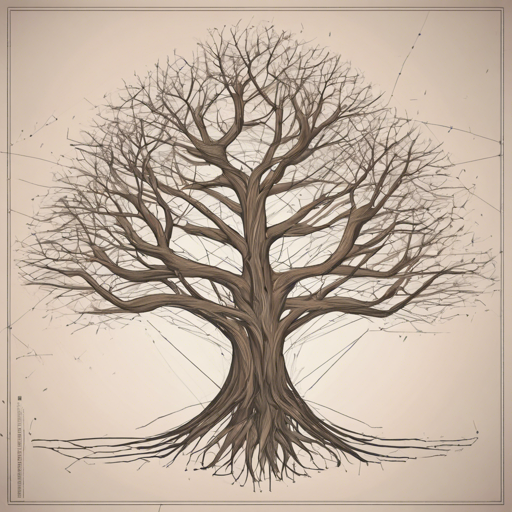Welcome to the world of Laravel 5 Nestable, where your data can flourish in a recursive masterpiece! Thought this may sound complicated, the beauty lies in its simplicity—it meticulously manages and organizes relationships like a true artisan. This blog will guide you through everything you need to know about setting up and using Laravel Nestable.
What is Laravel Nestable?
Laravel Nestable is a package designed for working with recursive logic for category structures in your Laravel applications. Imagine it as a tree with branches (categories) and leaves (subcategories). Each node in this tree can have unlimited children, making it ideal for creating complex menu structures, category listings, or any hierarchical setup.
Installation Steps
Step 1: Install via Composer
To get started, you’ll need to install the Laravel Nestable package via Composer. Open your terminal and run:
composer require atayahmet/laravel-nestableStep 2: Configure Service Provider and Facade
Once installed, you need to add the service provider in the app.php file:
Nestable\NestableServiceProvider::classThen, register the facade in app.php:
’Nestable’ => Nestable\Facades\NestableService::classStep 3: Publish Package Configurations
Finally, run the artisan command to publish the package assets:
php artisan vendor:publish --provider="Nestable\NestableServiceProvider"Basic Usage with Eloquent
Let’s dive into how to use Laravel Nestable to structure your data.
Sample Data Structure
Assume you have a category table structured like this:
id | parent_id | name | slug
1 | 0 | T-shirts | t-shirts
2 | 1 | Red T-shirts | red-t-shirts
3 | 1 | Black T-shirts | black-t-shirts
4 | 0 | Sweaters | sweaters
5 | 4 | Red Sweaters | red-sweaters
6 | 4 | Blue Sweaters | blue-sweatersFetching Nested Categories
To fetch nested categories, you’ll use the following method. Here’s how to look at it: think of the nested categories like a corporate structure, where a manager (parent) oversees various teams (children).
$categories = Category::nested()->get();This allows you to fetch all categories sorted hierarchically, showcasing the relationships between them.
Outputting Categories as HTML
To render your nested categories into an HTML format, use the following command:
Category::renderAsHtml();Multiple Output Formats
Laravel Nestable allows you to output your data in different formats. You can use:
renderAsArray()– Get the output in an array format.renderAsJson()– Export the data in JSON format.renderAsDropdown()– Create a dropdown list for easy selection.renderAsMultiple()– Usable for a multiple list box.
Troubleshooting Tips
While working with Laravel Nestable, you might encounter some hiccups. Here are some troubleshooting ideas:
- Issue: Unexpected output structure.
- Solution: Ensure that the parent-child relationships in your database are correctly defined.
- Issue: PHP recursion limit reached.
- Solution: You can increase the recursion limit in your php.ini file. Check the configuration here and adjust accordingly.
- Issue: Changes not appearing after data update.
- Solution: Clear your cache with
php artisan cache:clearor refresh your configuration withphp artisan config:cache.
For more insights, updates, or to collaborate on AI development projects, stay connected with **fxis.ai**.
Conclusion
At fxis.ai, we believe that such advancements are crucial for the future of AI, as they enable more comprehensive and effective solutions. Our team is continually exploring new methodologies to push the envelope in artificial intelligence, ensuring that our clients benefit from the latest technological innovations.
Now you’re ready to unleash the power of recursive structures in your Laravel applications!

